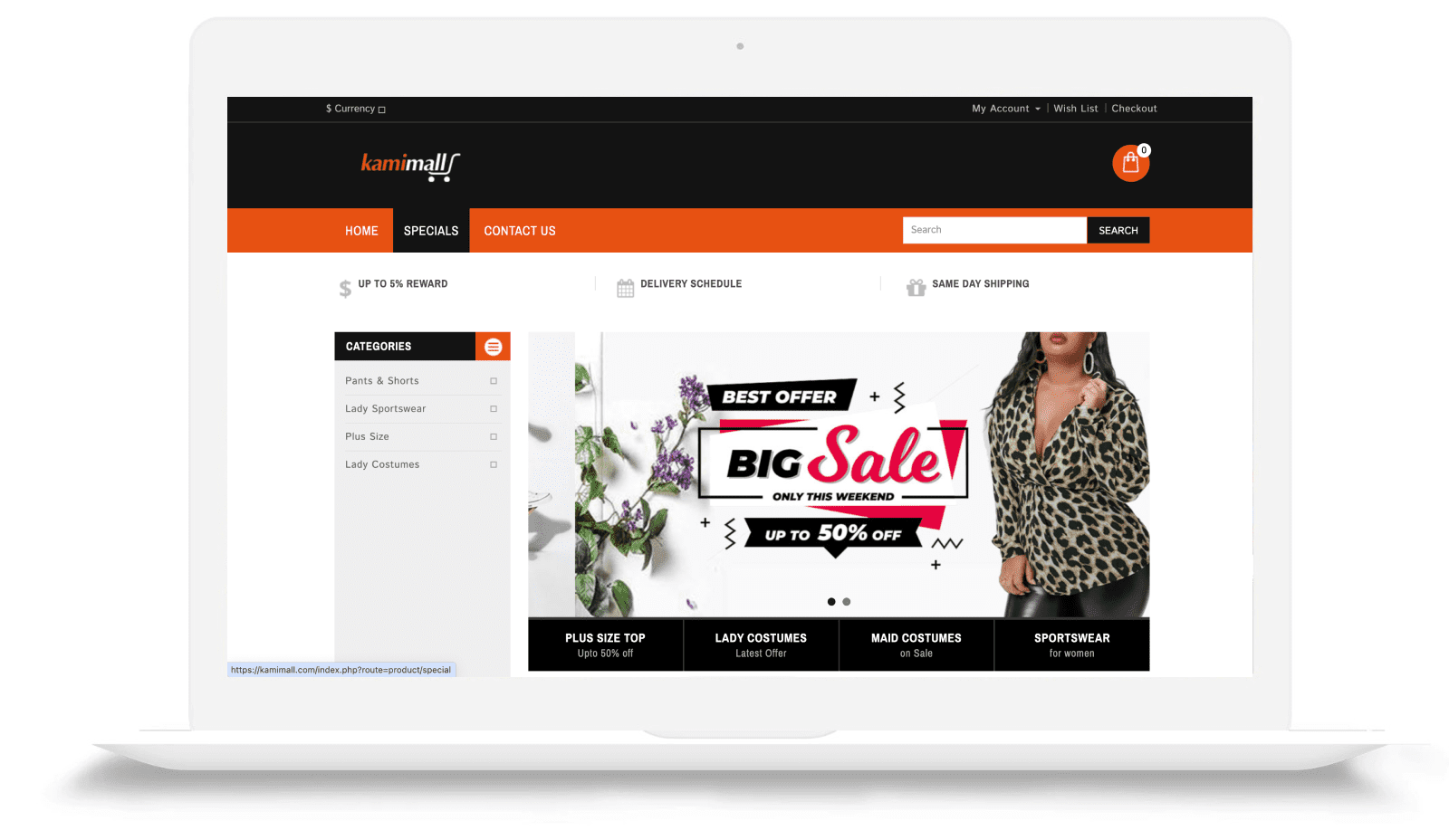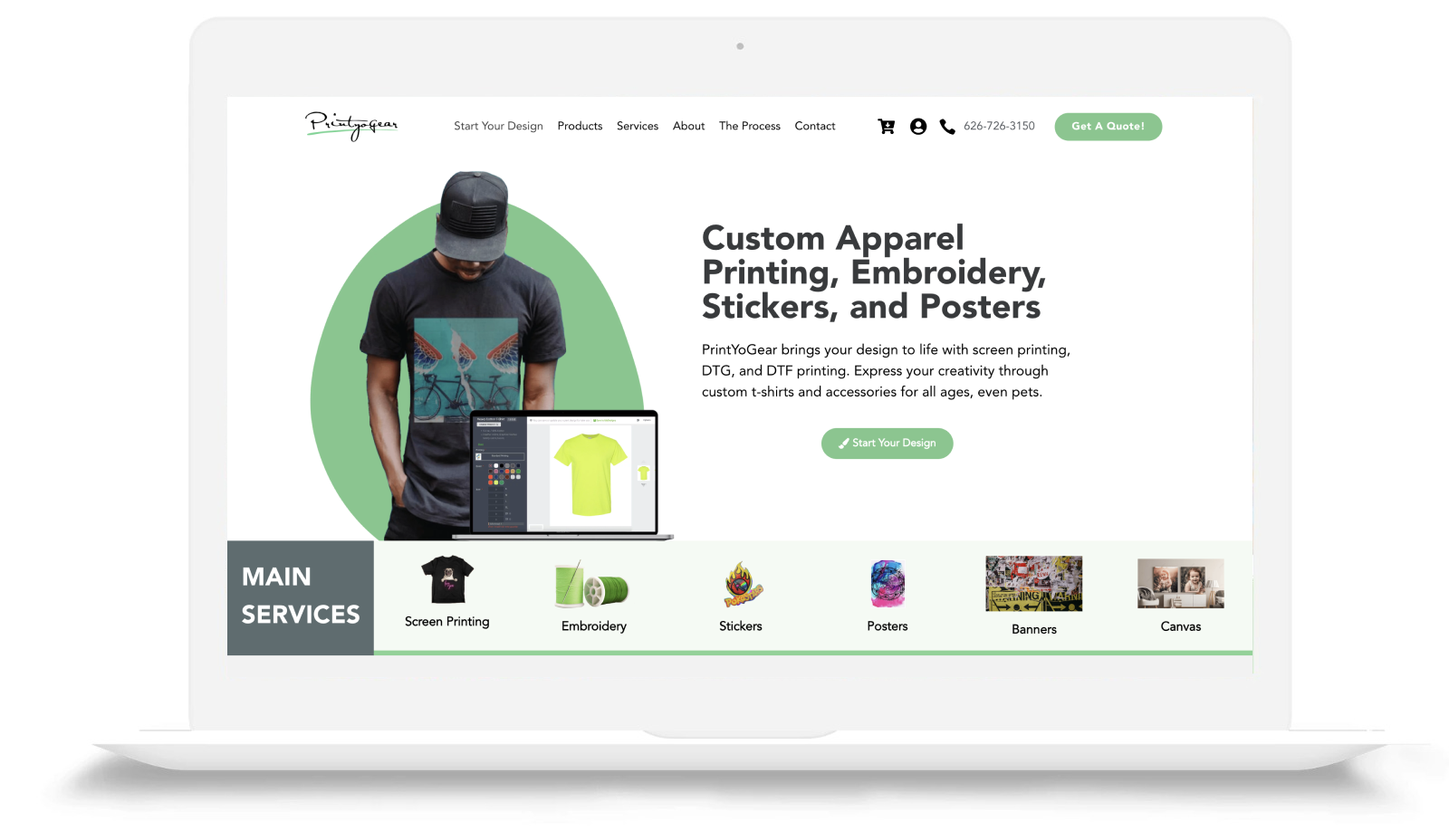The fashion and apparel industry in the United States is undergoing a significant transformation, driven by evolving consumer behaviors and technological advancements. To remain competitive, brands must adapt to the digital landscape. This article explores the current market size, the rise of fashion e-commerce, the adoption of digital channels, leading brands by search volume and market share, effective digital services, top-searched products, and the imperative for embracing digital transformation.
1. Overview of the U.S. Fashion and Apparel Market
As of 2023, the U.S. apparel market was valued at approximately $564.2 billion and is expected to grow at a compound annual growth rate (CAGR) of more than 3% from 2023 to 2028.
This steady growth underscores the sector’s resilience and adaptability in a fluctuating economic environment.
2. The Rise of Fashion E-Commerce in the U.S.
E-commerce has become a cornerstone of the fashion industry. In 2024, U.S. retail e-commerce revenue from the sale of fashion apparel, footwear, and accessories is set to reach over $145 billion.
This significant share highlights the critical role of online platforms in reaching consumers.
3. Adoption of Digital Channels in Fashion and Apparel
The integration of digital channels has become ubiquitous among fashion and apparel brands. A study by Coresight Research indicates that a record 15,000 chain stores in the U.S. are expected to close in 2025, more than doubling the number from the previous year. This increase is partially due to the rising popularity of online retailers like China-based “Temu” and Singapore-based “Shein”, which are expanding beyond their core markets.
This shift underscores the necessity for traditional retailers to enhance their digital presence to remain competitive.
4. Top 5 Fashion and Apparel Brands by Google Search Volume
Based on recent data, the top five fashion and apparel brands by Google search volume in the U.S. are:
- Shein: Known for its fast-fashion model and affordable pricing, Shein has seen a meteoric rise in popularity with search volume 13,600,000 on brand search “shein”.
- Nike: A global leader in sportswear, Nike continues to attract significant consumer interest with a search volume 5,000,000 on brand search “nike”.
- Adidas: Another major player in sportswear, Adidas maintains a strong search presence with a search volume 3,350,000 on brand search “adidas”.
- Zara: As a pioneer in fast fashion, Zara remains a frequently searched brand with a search volume 4,090,000 on brand search “zara”.
- H&M: Offering a wide range of apparel, H&M continues to be a popular search query with a search volume 2,740,000 on brand search “h&m”.
These rankings reflect consumer interest and brand visibility in the digital space.
5. Leading Fashion and Apparel Brands by Market Share
In terms of market capture, the top fashion and apparel brands in the U.S. include:
- Nike: Leading with a substantial market share due to its extensive product range and strong brand loyalty.
- Adidas: Holding a significant portion of the market with its diverse offerings.
- VF Corporation: Parent company of brands like The North Face and Vans, capturing a notable market segment.
- PVH Corp.: Owner of brands such as Calvin Klein and Tommy Hilfiger, maintaining a strong market presence.
- Lululemon Athletica: Specializing in athletic apparel, Lululemon has secured a significant market share.
These companies have successfully navigated market dynamics to capture substantial market shares.
6. Effective Digital Services Utilized by Fashion and Apparel Brands
To thrive in the digital landscape, fashion and apparel brands are leveraging various digital services, including:
- E-commerce Platforms: Robust online stores with user-friendly interfaces and secure payment systems.
- Search Engine Optimization (SEO): Enhancing website visibility to attract organic traffic. A significant portion of fashion and apparel brands utilize SEO services, with data showing that most larger and mid-sized brands actively incorporate SEO into their digital marketing strategies due to its effectiveness in driving targeted traffic and sales through search engines, particularly when consumers are actively looking to buy specific fashion items or brands; making it a valuable tool for generating leads and brand awareness within the industry.
- Social Media Marketing: Engaging with consumers on platforms like Instagram, TikTok, and Facebook to build brand awareness and loyalty.
- Email Marketing: Personalized communication to inform customers about new products, promotions, and events.
- Paid Advertising: Utilizing pay-per-click (PPC) campaigns and social media ads to reach a broader audience.
These services have proven effective in expanding reach, engaging customers, and driving sales.
7. Top-Searched Fashion Products on Google
Recent data indicates that the most searched fashion products on Google in the U.S. include:
- Leggings: Experiencing a 15% year-over-year (YoY) increase in search volume.
- Sneakers: Showing a 10% YoY growth, reflecting the ongoing athleisure trend.
- Hoodies: With a 12% YoY rise, indicating sustained popularity.
- Denim Jackets: Seeing an 8% YoY increase, highlighting their timeless appeal.
- Maxi Dresses: Experiencing a 20% YoY surge, especially during the spring and summer seasons.
These trends provide insights into consumer preferences and emerging fashion trends.
8. The Imperative for Digital Transformation in Fashion & Apparel
The shift towards digital is not optional but essential for fashion and apparel brands. Key reasons include:
- Consumer Behavior: With a significant portion of consumers preferring online shopping, brands must establish a strong digital presence to meet customer expectations.
- Competitive Advantage: Embracing digital strategies like e-commerce web design
In today’s digital-first world, fashion and apparel brands can no longer rely solely on traditional retail models. Consumers are increasingly shopping online, engaging with brands through digital channels, and making purchase decisions based on online content, reviews, and ads. Here’s why embracing digital transformation is essential:
- eCommerce Web Design for a Seamless Shopping Experience
A well-optimized eCommerce website design serves as the foundation of any fashion brand’s digital presence. Key elements include:
- Mobile-Responsive Design: With over 60% of fashion purchases made on mobile devices, an optimized mobile experience is crucial.
- User Experience (UX) & Navigation: A seamless and fast-loading website helps reduce bounce rates and improves conversions.
- High-Quality Product Images & Videos: Clear visuals enhance customer confidence and reduce return rates.
- Secure Payment & Checkout Process: Multiple payment options and a smooth checkout experience reduce cart abandonment.
- SEO (Search Engine Optimization) for Organic Visibility
SEO plays a critical role in ensuring fashion brands appear in Google searches. Benefits include:
- Higher Organic Rankings: Ranking for high-intent keywords like “best summer dresses” or “men’s running shoes” can drive significant traffic.
- Local SEO for Fashion Stores: Optimizing for local searches helps physical stores attract nearby customers.
- Technical SEO: Fast page speed, mobile usability, and structured data help improve rankings.
- Content Marketing: Blogging about trends, style guides, and new collections enhances organic visibility.
- Paid Advertising for Targeted Reach & Immediate Sales
While SEO is essential for long-term growth, paid advertising offers quick wins. Effective ad strategies include:
- Google Shopping & Search Ads: Showcase products directly in search results.
- Social Media Ads (Instagram, Facebook, TikTok, Pinterest): Drive engagement and sales through highly targeted campaigns.
- Retargeting Campaigns: Re-engage visitors who browsed products but didn’t complete a purchase.
- Influencer & Affiliate Marketing: Partnering with fashion influencers to boost brand awareness and trust.
How we Helps Fashion & Apparel Brands with Digital Growth
At Potential Digital Agency, we specialize in helping fashion and apparel brands establish a strong digital presence, drive traffic, and maximize sales through data-driven strategies. Here’s how we make a difference:
- In-Depth Market & Competitor Analysis
- We conduct detailed market research to understand industry trends, customer preferences, and competitor strategies.
- Our team analyzes search volume, keyword trends, and seasonal shifts to align digital strategies with consumer demand.
- Customized Digital Strategies
- We create tailored SEO & content marketing plans to improve rankings and organic traffic.
- Our eCommerce web development team designs high-converting online stores optimized for speed, security, and user experience.
- We run high-performance paid ad campaigns, ensuring brands reach the right audience at the right time.
- Performance Tracking & Optimization
- We use advanced analytics tools to measure website traffic, conversion rates, and ROI.
- Our continuous A/B testing and ad optimization strategies ensure maximum efficiency for every marketing dollar spent.
- We provide detailed performance reports, offering insights into customer behavior and digital trends.
- End-to-End eCommerce Support
- From product listing optimization to order management integration, we streamline operations for fashion brands.
- Our team assists in implementing AI-powered chatbots, recommendation engines, and customer service automation to improve engagement and sales.
Conclusion
Fashion and apparel brands must prioritize digital transformation to remain competitive in an evolving retail landscape. With expert strategies in eCommerce design, SEO, and paid advertising, Potential Digital Agency helps brands achieve measurable success and long-term growth.


